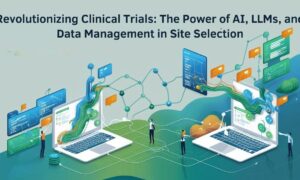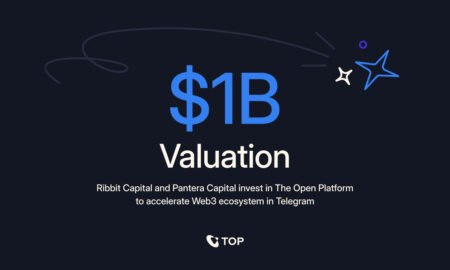In the modern digital age, few technologies have reshaped industries as profoundly as cloud computing. Anil Kumar Reddy Avula, an expert in digital transformation, delves into the groundbreaking advancements in cloud computing that have revolutionized how data is stored, accessed, and managed. This article explores the architecture, scalability, and integration of emerging technologies, emphasizing cloud computing’s vital role in shaping the future of global digital infrastructure.
The Rise of Cloud Computing: A Paradigm Shift
Cloud computing has grown beyond being just a cost-saving solution to becoming a vital driver of innovation, efficiency, and scalability. It empowers businesses to move from static, on-premises systems to flexible, cloud-based architectures that adapt to changing demands. With distributed data centers capable of processing petabytes of data and millions of operations per second, cloud computing ensures unparalleled performance and resilience. It fosters seamless collaboration, accelerates time-to-market, and enables the adoption of advanced technologies like AI, IoT, and big data analytics, revolutionizing how organizations operate and innovate in the digital age.
This transition has democratized access to enterprise-grade technology. Startups can now compete with established corporations by leveraging shared cloud resources, fostering a more competitive and innovation-driven marketplace.
The Architecture of Reliability and Performance
Modern cloud storage operates on a foundation of distributed architectures. Data centers are interconnected globally, ensuring high availability and low latency. Advanced techniques, such as real-time replication and erasure coding, not only reduce storage overhead but also ensure data consistency and recovery during system failures.
These architectures are designed with fault tolerance in mind. Automated recovery mechanisms redistribute data workloads seamlessly during anomalies, while distributed consensus protocols safeguard data integrity. With these advancements, cloud providers guarantee service availability exceeding 99.99%, a critical feature for enterprises reliant on uninterrupted operations.
Scalability and Flexibility: Meeting Dynamic Needs
One of the cloud’s most transformative advantages is its unparalleled scalability, enabling businesses to seamlessly adapt to fluctuating demands. Whether handling seasonal spikes or scaling down during quieter periods, organizations can dynamically allocate resources to maintain operational efficiency without overprovisioning. Automated scaling tools and intelligent resource management systems empower businesses to respond swiftly to market changes, optimize costs, and ensure uninterrupted service. This agility is crucial in today’s competitive and fast-paced environment, allowing companies to remain resilient, innovate rapidly, and meet customer expectations with precision and reliability.
Additionally, cloud computing has become a catalyst for global connectivity. With organizations reporting faster deployment times and improved decision-making speed, cloud-based solutions have proven invaluable for businesses expanding their international footprint.
The Cloud and Emerging Technologies: A Perfect Synergy
The integration of generative AI with cloud platforms has revolutionized technology, opening a new realm of possibilities. This combination automates workflows, accelerates application development, and enables groundbreaking use cases, enhancing the cloud’s transformative potential. Generative AI leverages the scalability and flexibility of cloud environments to deliver intelligent solutions for diverse industries. Research indicates that organizations utilizing AI-driven cloud solutions have achieved a 40% boost in development efficiency and significantly reduced migration timeframes by 40%, showcasing the synergy of these advanced technologies in driving innovation and efficiency.
Moreover, industries adopting comprehensive cloud strategies have witnessed significant gains, such as a 36% reduction in time-to-market for products and a doubling of revenue growth from new offerings. This synergy positions cloud computing as a pivotal enabler of digital transformation across sectors.
A Vision for the Future
As cloud adoption continues to rise, its impact extends beyond operational efficiencies to drive strategic innovation. The integration of AI, machine learning, and advanced analytics within cloud frameworks heralds a future where technology serves as a competitive differentiator. Projections suggest that global cloud infrastructure spending will exceed $150 billion by 2027, underscoring its growing importance.
This technological evolution promises not just to enhance business operations but to redefine them. By enabling unprecedented levels of scalability, reliability, and innovation, cloud computing remains central to the digital transformation journey.
In conclusion, as Anil Kumar Reddy Avula articulates, the transformative potential of cloud computing lies in its ability to empower organizations of all sizes to innovate without limits. As we advance into a digitally driven future, its role as a foundational technology will only become more pronounced.



































